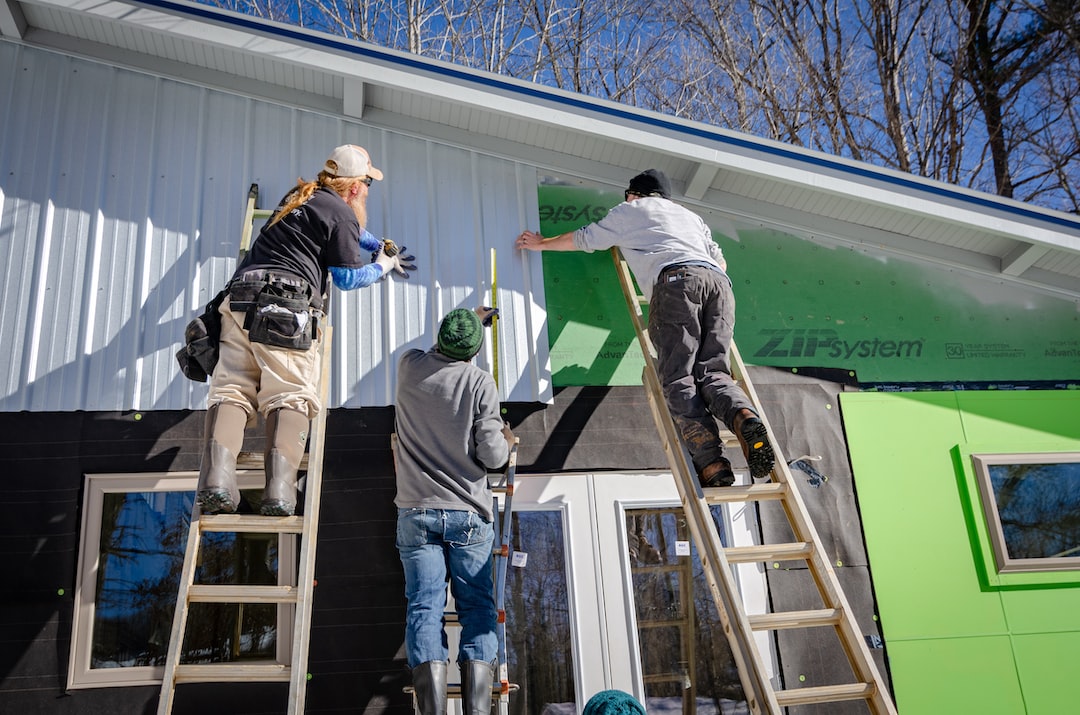Scaffolding and the Environment: How Sustainable Materials are Changing the Industry
Scaffolding is an important tool in the construction industry. It provides a temporary structure that supports workers and allows them to access hard to reach areas while they build or repair structures. In recent years, the industry has been looking for ways to be more sustainable and environmentally friendly. One aspect of this is the use of sustainable materials in the manufacturing of scaffolding.
Scaffolding can be made from a variety of materials, including wood, steel, and aluminum. Each material has its own advantages and disadvantages when it comes to sustainability. For example, wood is renewable and biodegradable, but it can be difficult to source sustainably. Steel is durable and can be recycled, but it is energy-intensive to manufacture. Aluminum is lightweight and recyclable, but it can also be energy-intensive to produce.
To address these issues, manufacturers are turning to more sustainable materials for scaffolding. One option is bamboo scaffolding, which is commonly used in Asia. Bamboo is a fast-growing grass that is renewable and biodegradable. It is also strong and can support heavy loads. Bamboo scaffolding is easy to assemble and disassemble, making it ideal for temporary structures.
Another sustainable option is composite materials made from recycled plastic and wood fibers. These materials are durable, lightweight, and easy to install. They are also resistant to rot, insect infestation, and decay. Composite materials require less maintenance than other materials, reducing the need for chemicals and energy to keep them in good condition.
The use of sustainable materials for scaffolding not only benefits the environment, but it also has economic benefits. Sustainable materials often have a lower carbon footprint than conventional materials. This can help construction companies meet their sustainability goals and improve their reputation with customers who prioritize sustainability.
In addition, using sustainable materials can also reduce costs in the long run. For example, bamboo scaffolding may be more expensive to purchase initially, but it can be reused multiple times. Composite materials may cost more initially, but their durability and longevity can reduce the need for frequent replacements.
When looking for sustainable scaffolding options, it is important to consider the environmental impact of the entire supply chain, including sourcing, manufacturing, transportation, and disposal. Some manufacturers may claim to use sustainable materials, but if their entire supply chain is not sustainable, the overall impact may be negligible.
Fortunately, there are organizations that certify sustainable scaffolding materials. The Forest Stewardship Council (FSC) certifies wood products that meet environmental and social standards. The Cradle to Cradle Certified program evaluates products based on their sustainability throughout their entire life cycle. These certifications can provide assurance that the scaffolding materials being used are truly sustainable.
When considering scaffolding measures and prices, it is important to look beyond the upfront costs. Investing in sustainable materials may have a higher initial cost, but the long-term benefits to the environment and the bottom line can be significant. As the construction industry continues to prioritize sustainability, we can expect to see more sustainable scaffolding options becoming available.
For me information on andamios medidas y precios contact us anytime.

